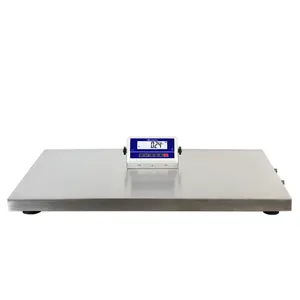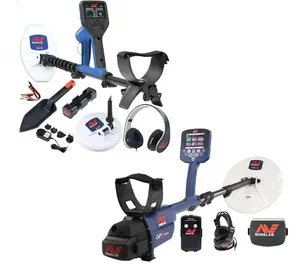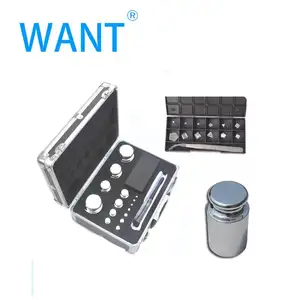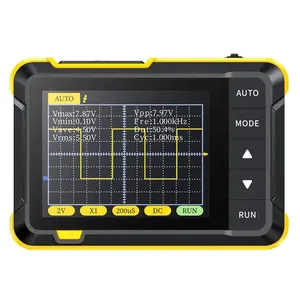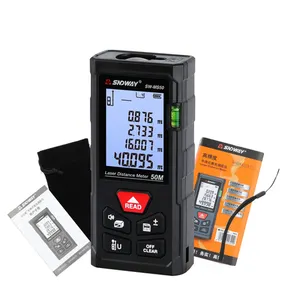Popular in your industry










































































Related Searches:































































































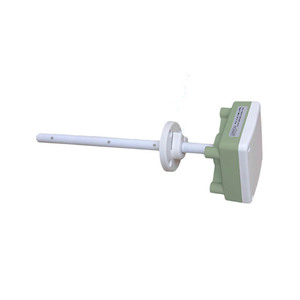
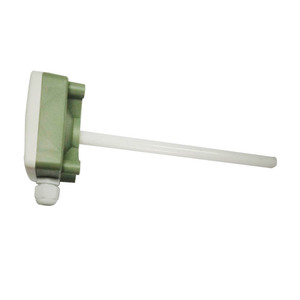
































About 0 10v wind speed sensor
Introduction to 0-10V Wind Speed Sensors
Wind speed sensors, particularly the 0-10V wind speed sensor, are essential instruments in various industrial applications. These sensors are designed to accurately measure the velocity of the wind, which is crucial for sectors such as meteorology, aviation, marine, construction, and renewable energy. The 0-10V output model is widely appreciated for its compatibility with many data loggers and PLCs, making it a versatile choice for integrating into existing systems.
Types and Applications
The anemometer 0-10V is a subtype of wind speed sensors that offers a variable voltage output corresponding to the wind speed detected. This category includes cup anemometers, which are common in weather stations and for environmental monitoring. Applications extend to wind turbine control, HVAC systems optimization, and research purposes where precise wind assessment is required.
Features and Materials
A 0-10V output wind speed sensor is characterized by its robust construction and the use of durable materials such as anodized aluminum and corrosion-resistant plastics. These materials ensure longevity and consistent performance in harsh environmental conditions. The sensor's design often includes bearings that minimize friction, enhancing measurement accuracy and sensor lifespan.
Advantages of 0-10V Wind Speed Sensors
The primary advantage of a 0-10V wind velocity sensor is its analog signal output, which can be easily interpreted by various devices. This simplicity facilitates a straightforward installation process and reliable long-term operation. Additionally, the sensor's low power requirement makes it suitable for remote monitoring applications where power availability is limited.
Selection Considerations
When selecting a DC 0-10V wind speed sensor, it is important to consider the measurement range, accuracy, and the starting threshold. These specifications must align with the intended application to ensure the sensor's output is both relevant and reliable. Furthermore, the sensor's compatibility with other system components is a critical factor in the selection process.
Integration and Compatibility
Integrating a 0-10V wind speed transducer into a monitoring system is a straightforward process, thanks to its standardized output signal. Compatibility with data acquisition systems, displays, and controllers is typically high, allowing for a wide range of use cases. The sensor's analog nature also means that it can be used with older systems that might not support digital sensor inputs.
